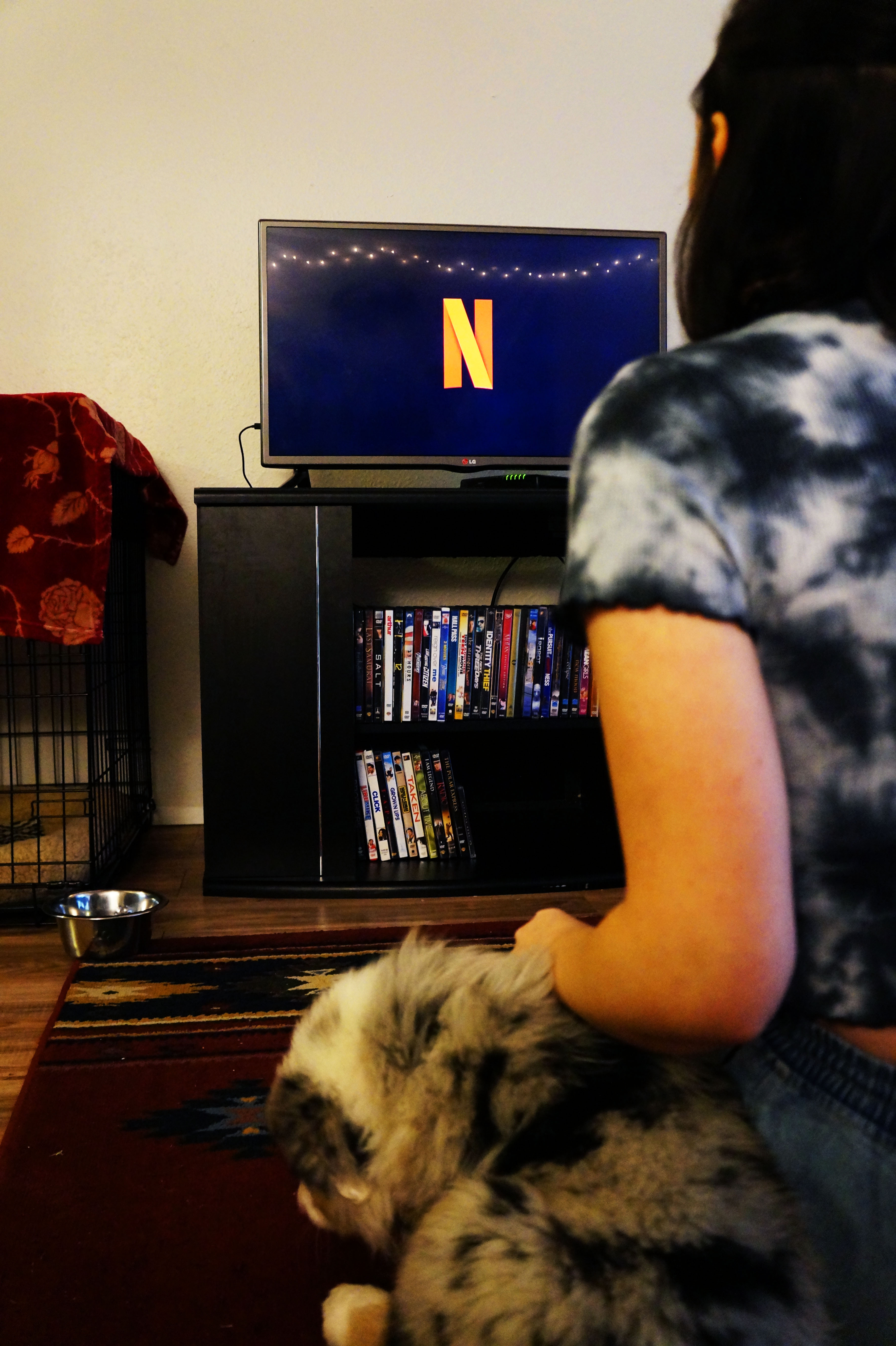Nueve cosas nuevas para ocupar el tiempo en autoaislamiento
Allison Vanderzanden | Editor de estilo de vida
Dado que el número de casos de COVID-19 sigue aumentando, es importante seguir practicando el distanciamiento social y el autocuidado cuando sea necesario. Después de estar en casa durante las vacaciones, las primeras semanas de enero pueden ser un momento muy importante para quedarse en casa. Alivia la monotonía con estas actividades de cuarentena -algunas nuevas, otras conocidas de 2020, pero todas posibles formas de curar el aburrimiento.
Practique el autocuidado: Dé prioridad a la salud mental, ya que el aislamiento puede provocar sentimientos de depresión y falta de motivación. En los días difíciles, acuérdese de completar algunas necesidades diarias, como lavarse los dientes, ducharse y beber agua. Haz también algo para relajarte o divertirte, como darte un baño de burbujas o leer.
Aprende a tocar un instrumento: Puede parecer intimidante, pero YouTube ofrece muchos vídeos estupendos para aprender a tocar todo tipo de instrumentos de forma gratuita. Si los instrumentos tradicionales son inaccesibles, empieza con algo sencillo como la armónica, la kalimba o el ukelele.

Ver, escuchar y leer: Puede que ya hayas visto muchas series durante el verano, pero la oferta de entretenimiento es casi infinita. Pide a tus amigos que te recomienden algo para empezar, o echa un vistazo a tu género favorito en una plataforma de streaming. Si buscas algo más que películas o series de televisión, prueba a escuchar un podcast o un álbum de música, o lee un libro o una serie nuevos.

Prueba un nuevo look: Tener poca o ninguna interacción humana tiene sus pros y sus contras; uno de ellos es que nadie puede juzgarte. Tíñete o córtate el pelo, diviértete con nuevos looks de maquillaje y experimenta con la moda sin que nadie te vea.
Explore el mundo virtualmente: Viaja por el mundo sin moverte del sofá. Utiliza Google Maps y recorre las calles de una nueva ciudad, o juega a un juego con mapas del mundo como Geoguessr ⏤ en el que el jugador adivina en qué parte del mundo se ha dejado caer ⏤ o MapCrunch, en el que el jugador intenta encontrar el aeropuerto más cercano utilizando la vista de la calle.
Hacer pruebas de conocimientos: Internet y los dispositivos inteligentes como Google Home ofrecen una amplia gama de cuestionarios sobre infinidad de temas. Sporcle, por ejemplo, es un sitio web de concursos que tiene algo para todo el mundo, como geografía, letras de canciones, trivialidades sobre películas y mucho más. También se puede jugar con amigos y familiares compartiendo la pantalla a través de una videollamada.
Haz algo nuevo en la cocina: Las posibilidades son infinitas: aperitivos, tentempiés, guarniciones, comidas completas, cócteles, postres y la lista continúa. Inspírese con algunas recetas publicadas en números anteriores de En Aullido occidentalo una rápida búsqueda en Internet arrojará docenas de resultados entre los que elegir.
Empieza a aprender un nuevo idioma: Aprender un nuevo idioma es un proceso largo, pero saber unas cuantas frases aquí y allá puede ser divertido. Utiliza aplicaciones gratuitas como Duolingo o Memrise, o recursos en línea como YouTube para empezar.
Adelántate en el trabajo: Puede parecer la opción más aburrida, pero a mí personalmente me entra ansiedad sin algo de productividad en mi vida. Echa un vistazo al plan de estudios o pide al jefe trabajo que se pueda empezar o terminar antes de tiempo. Bonus: menos estrés para el futuro.

Póngase en contacto con el autor en avanderzanden19@mail.wou.edu


